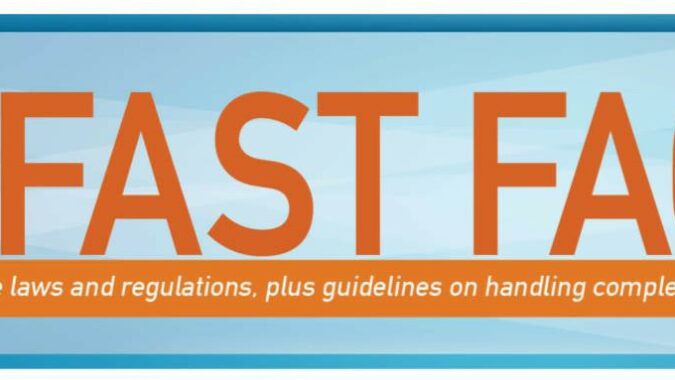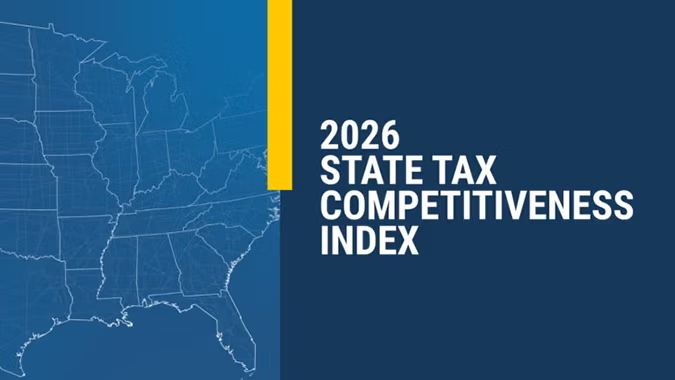The Affordable Care Act (PPACA) mandates that employers may not apply a waiting period that exceeds 90-days for plan years beginning on or after January 1, 2014, but does not mandate an employer to offer benefits to any particular employee or class of employees, including part-time employees. It only prevents an otherwise eligible employee from having to wait more than 90 days before coverage under a group health plan becomes effective.
ACA’s 90-day waiting period limit applies to both non-grandfathered and grandfathered group health plans and health insurance coverage.
—Overview of Waiting Periods—
A waiting period is the period of time that must pass before coverage for an employee or dependent who is otherwise eligible to enroll in the plan becomes effective.
Example #1
Facts—A group health plan provides that full-time employees are eligible for coverage under the plan. Employee A begins employment as a full-time employee on January 19.
Conclusion—Any waiting period for Employee A would begin on January 19 and may not exceed 90 days. Coverage under the plan must become effective no later than April 19 (assuming February lasts 28 days).
An employee is eligible for coverage when he or she has met the plan’s eligibility conditions, such as being in an eligible job classification or achieving job-related licensure requirements specified in the plan’s terms.
Example #2
Facts—A group health plan provides that only employees who have completed specified training and achieved specified certifications are eligible for coverage under the plan. Employee B is hired on May 3 and achieves the required specified training and certifications on September 22.
Conclusion—Employee B becomes eligible for coverage on September 22, but must still meet the waiting period. Any waiting period for Employee B would begin on September 22 and may not exceed 90 days. Coverage under the plan must become effective no later than December 21.
Also, if a plan allows an employee to elect coverage that would begin on a date that does not exceed the 90-day waiting period limit, ACA’s 90-day waiting period limit is considered satisfied.
—Possible Exceptions—
For plan years beginning on or after January 1, 2015, the Departments of Labor (DOL), Health and Human Services (HHS) and the Treasury allow for a reasonable and bona fide employment-based orientation period of up to one month as a permissible eligibility condition.
Under ACA, eligibility conditions that are based solely on the lapse of time are permissible for no more than 90 days. Other conditions for eligibility are permissible under ACA, as long as they are not designed to avoid compliance with the 90-day waiting period limit.
—Variable Hour Employees—
If any employer cannot reasonably calculate a newly hired employee’s hours to determine full-time status, a special rule may apply. In this type of situation, the plan may take a reasonable period of time to determine whether the employee meets the plan’s eligibility condition. This may include a measurement period of not more than 12 months that begins on any date between the employee’s start date and the first day of the first calendar month following the employee’s start date.
The time period for determining whether a variable hour employee meets the plan’s eligibility condition will comply with ACA’s 90-day waiting period limit if coverage is made effective no later than 13 months from the employee’s start date, except where a waiting period that exceeds 90 days is imposed after the measurement period. If an employee’s start date is not the first of the month, the time period can also include the time remaining until the first day of the next calendar month.
—Caution—
- A 3 month waiting period would violate the ACA e.g. June, July and August would equal to 92 days.
- The first of the month waiting period after 90 days is not permissible. For ease of administration, it might be best to recommend 1st of the month after 60 days as it’s not easy to determine exactly when the 90 days is
—Action Items—
- Review whether your plans contain a waiting period for
- If the waiting period exceeds 90 days, amend the waiting period to 90 days or less for plan years beginning on or after January 1,
- If it is unclear that a newly-hired employee will work the required number of hours, set a measurement period to determine whether the hour’s requirement will be met in the
—For More Information—
If you need additional information, please contact Chrissy Buteas at cbuteas@njbia.org or 609-858-9510.
Updated: November 7, 2016
Prepared by Vladimir St. Phard, Customized Benefits Solutions, Inc. For additional information on this topic please call 609-371-5823 or customerservice@cbsibenefits.com. www.cbsibenefits.com
This information should not be construed as constituting specific legal advice. It is intended to provide general information about this subject and general compliance strategies. For specific legal advice, NJBIA strongly recommends members consult with their attorneys.




